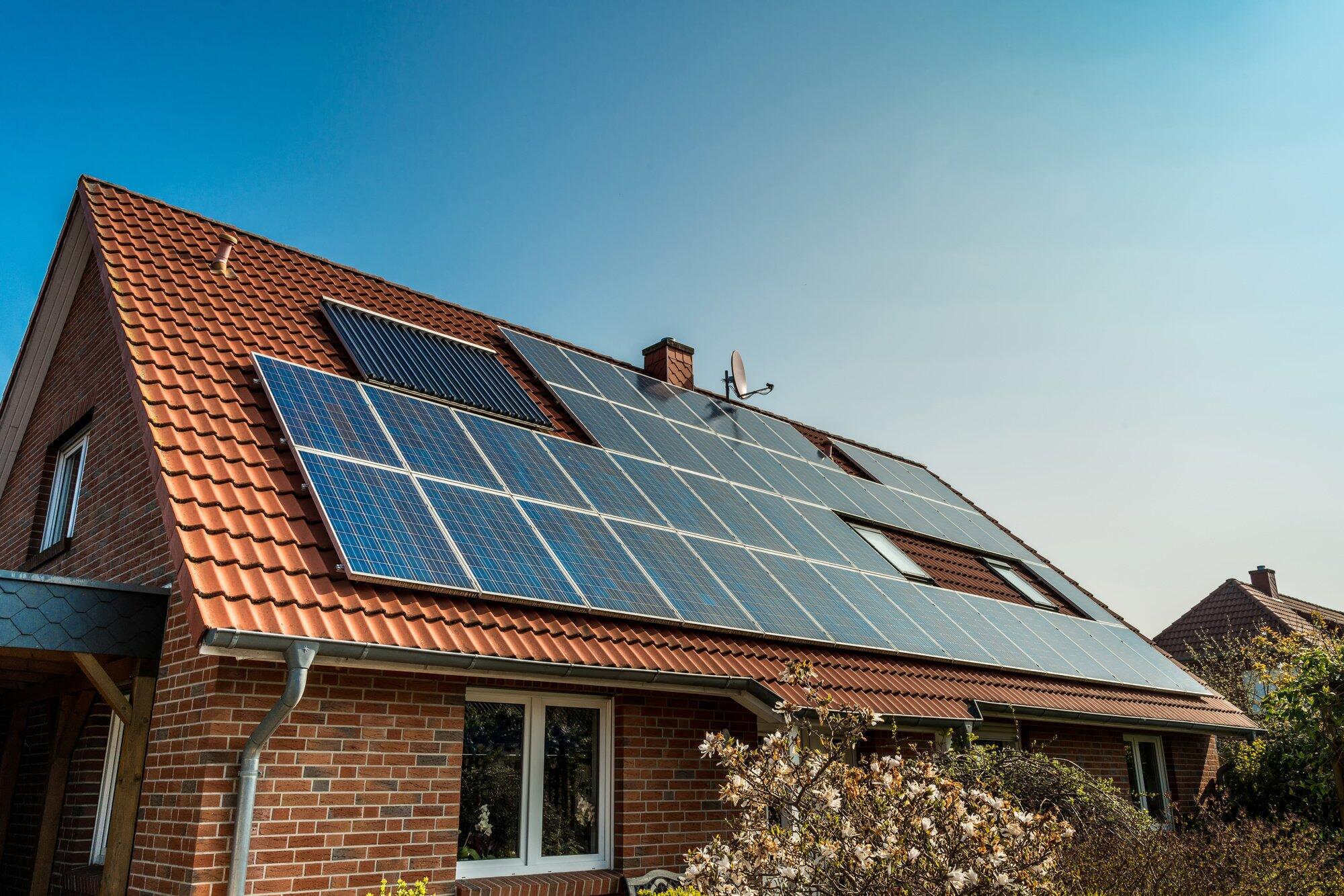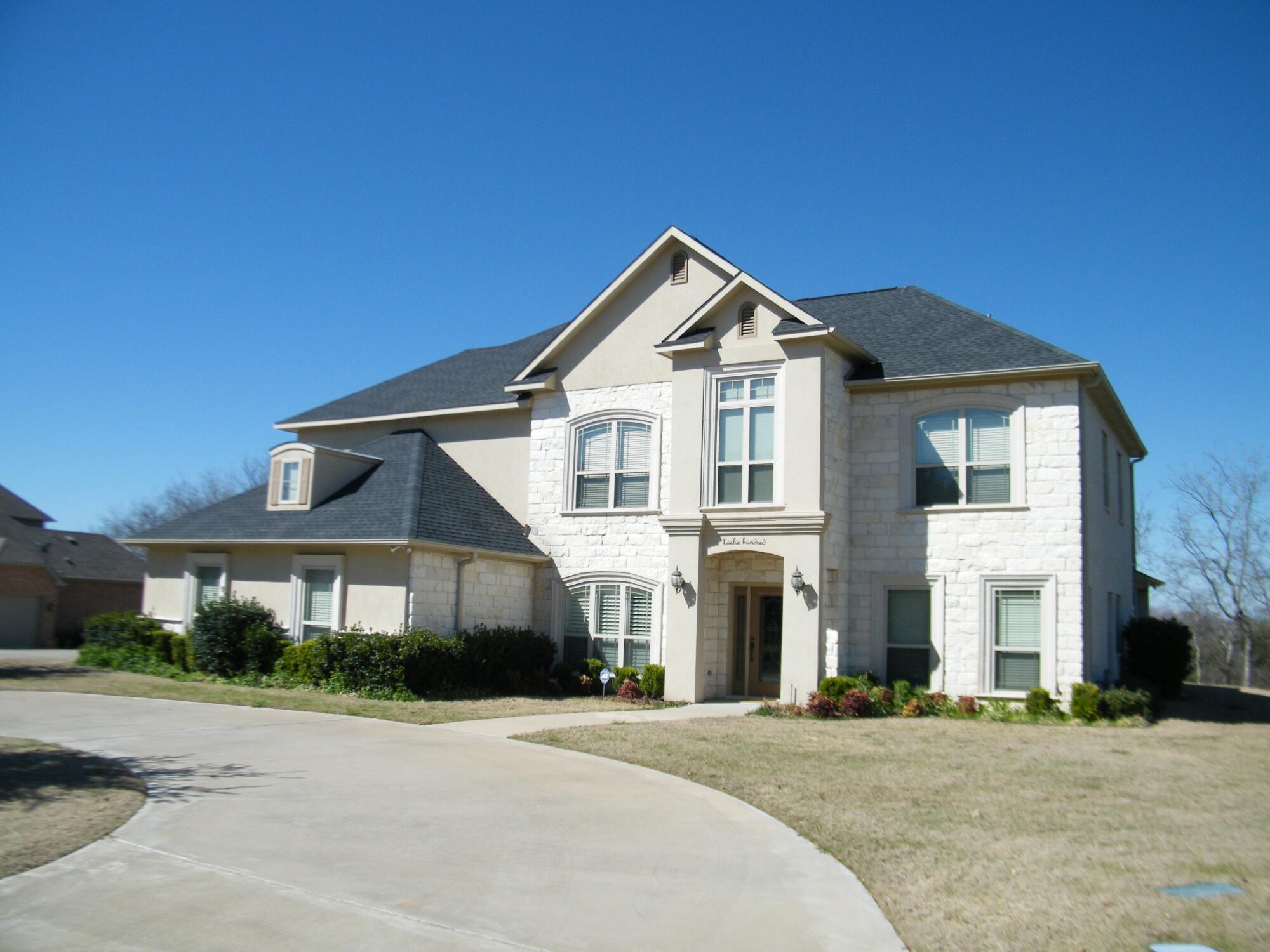
How to Design a Complete Solar Power System That Fits Your Energy Need
The push for renewable energy has never been more urgent. Across the globe, people and businesses want sustainable solutions. They want ones that cut their environmental footprint and offer energy independence and cost savings.
Solar power is at the front of this trend. It provides clean and reliable energy. It’s becoming more accessible with each tech leap.
Read on to learn how to design a complete solar power system.
Understanding Your Energy Needs
A complete solar power system design begins with understanding your energy needs. This involves assessing your current energy use.
It also consists in forecasting future changes. Factors such as household size, appliances and devices used, and daily routines can all impact how much energy is needed.
Once you understand your energy needs, you must consider seasonal variations. You must also consider usage fluctuations. This will help determine the size and capacity of your solar power system.
Choosing the Right Solar Panels
When it comes to solar panel kits for homes, various options are available on the market. It’s essential to choose panels that not only fit your budget but also match your energy needs and location.
Off-grid Solar System
Offgrid solar systems are designed for those who want complete energy independence. These systems typically include a battery storage component, allowing energy to be stored and used when the sun isn’t shining. They are ideal for remote locations or areas with unreliable power grids.
Offgrid solar system designs may include a backup generator for emergencies or demand. This provides an added layer of reliability for off-grid users.
Gridtied Solar System
Grid-tied solar systems are connected to the primary power grid. They can add to or fully replace traditional electricity sources.
These systems do not have a battery storage component, so any excess energy generated is returned to the grid for credit. They are ideal for urban or suburban areas with reliable power grids.
You must check with your local utility company before installing a grid-tied solar system. Some may have restrictions or regulations. These solar kits for home can also come with monitoring systems, allowing you to track your energy production and usage.
Hybrid Solar System
Hybrid solar systems combine the best off-grid and grid-tied systems. They provide energy independence with the security of a grid connection.
These systems include a battery storage component for storing excess energy but are also connected to the grid for backup. This setup is perfect for those who experience frequent power outages or have higher energy needs.
Hybrid systems can switch between solar, battery, and grid power. They do this based on what’s available and cost-effective. Designing a complete solar power system for a hybrid may need more
planning and skill.
Inverter Selection and Placement
Inverters are vital to a solar power system. They turn the DC energy from solar panels into AC energy.
When choosing an inverter, you must consider factors. These include efficiency, reliability, and warranty.
Inverters should be in a well-ventilated, shaded area. This prevents overheating, which hurts efficiency and lifespan.
Consider the mounting hardware. It is essential for optimal placement and performance of solar panels.
Assessing Your Location
A complete solar power system design should consider the location and climate in which it will be installed. Factors such as shading, roof orientation, and average sunlight hours can all impact the efficiency of a solar system.
It’s also important to consider local regulations and permits for installing a solar power system. Some areas may restrict where panels can be placed or require specific installation guidelines. This is why working with a knowledgeable and experienced solar installer who can guide you through the process is essential.
Financing and Incentives
One of the key considerations in designing a solar power system is understanding the financial aspect. The initial cost of a solar energy system can be high. But, many financing options and incentives are available to make it cheaper.
Solar leases, power purchase agreements (PPAs), and solar loans can provide financial flexibility. Also, many governments offer tax credits.
They also offer rebates and other incentives for solar energy. Research them. Use them to cut costs and boost the return on investment.
Maintenance and Monitoring
Once your solar power system is up and running ongoing maintenance and monitoring are key to ensuring it operates at peak efficiency. Regular checks should be made on the solar panels to ensure they are clean, free from obstructions, and not shaded by new growth or structures.
Systems should also be monitored for energy production levels. This can be done using built-in software or third-party services. This data can show issues quickly.
It allows for adjustments or repairs before they become big problems. If you need installation and proper maintenance, visit solar installation specialists in Everett.
Consider Your Budget
While designing a complete solar power system, it’s essential to consider your budget and long-term goals. A solar energy system is a big investment. But, the potential for energy independence, cost savings, and environmental impact make it worth considering.
Your budget will impact the type of solar power system you choose, as well as the quality and capacity of components. It’s important to prioritize where your budget is allocated, such as investing in high-quality panels and inverters for long-term performance and savings.
Warranties and Insurance
A comprehensive understanding of the warranties provided with your solar power system is essential. This typically includes warranties for the panels, inverters, and installation. It’s important to carefully read and understand these warranties to ensure you know what is covered and for how long.
Additionally, some insurance companies offer specific policies for solar energy systems that provide coverage in case of damage or malfunction. Researching and comparing different insurance options is essential to protect your investment.
Solar Metering
Solar metering is critical to understanding and maximizing the benefits of your solar power system. Net metering allows homeowners to send excess electricity back to the grid in exchange for credits, reducing monthly energy bills.
It’s essential to understand how solar metering works in your area and how it can impact your energy
costs and savings. This information should be considered in the overall solar power system design and budget.
Making a Durable and Complete Solar Power System
Designing a complete solar power system involves understanding your energy needs. With thorough research, careful planning, and the help of experienced professionals, you can create a solar energy system that meets your needs, saves money, and contributes to a more sustainable future. So, embracing solar energy is a step towards a cleaner and greener future.
Visit our website for more like this.








